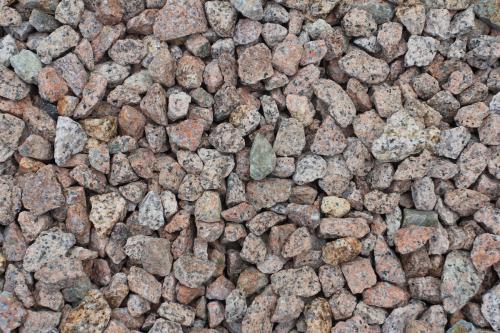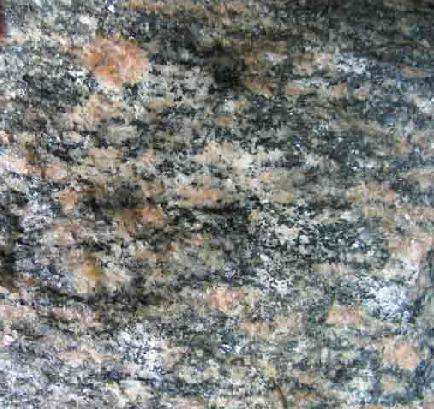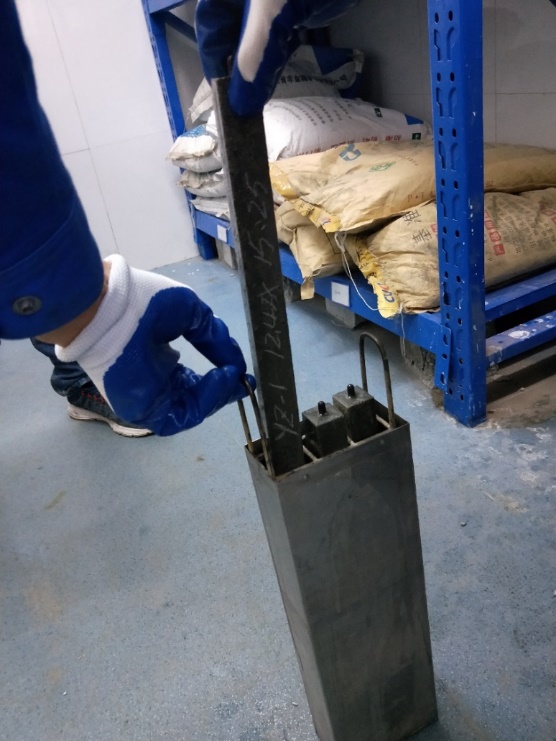水泥混凝土碱活性特性与抑制方法研究毕业论文
2020-04-12 16:17:26
摘 要
碱-集料反应是影响混凝土耐久性的重要因素之一,为了有效的预防和处理碱-集料反应产生的破坏,防止其危害混凝土结构的安全和稳定性,本文通过查阅文献资料、总结相关工程案例以及设计试验研究水泥混凝土碱集料反应的条件、发生机理和抑制措施等,主要结论如下:
(1)水泥混凝土碱-集料反应特征包括基本特征和工程特征。其中,基本特征可以分为表观特征和内部特征,表观特征主要包括表面裂缝、变形和残留渗出物;内部特征主要是结构内部出现凝胶、反应环、碱活性集料、内部裂缝和碱含量超标等现象。此外,不同工程对应的碱-集料反应特征也有所不同,在水利水电工程中通常表现为裂缝和变形,道路工程中常见网状裂缝和表面凝胶,而在桥梁工程中主要是开裂、剥落和钢筋锈蚀等现象。
(2)碱-集料反应的发生条件包括基本条件和其他条件。其中,基本条件是水、碱和活性物质三者共存,其他条件则是适当的温度和一定的碱金属离子的浓度。除此之外,通过改变集料中矿物类型这一条件,碱-集料反应又可以分为碱-硅酸反应和碱-碳酸盐反应。
(3)碱-集料反应的发生机理,包括渗透理论、膨胀理论和竞争反应理论。其中,渗透理论和膨胀理论从不同的角度解释了碱-硅酸反应的问题;竞争反应理论则解释了碱金属离子浓度的改变对反应的影响。尽管理论依据不同,但三种理论都认为,水分、碱和碱活性物质是反应发生的决定性因素,另外还有一些内部条件(如:侵蚀性物质的存在等)和外部环境条件(如:荷载、温度等),也会影响反应的发生。
(4)水泥混凝土碱活性常见的抑制方法包括:采用非活性集料、采用低碱水泥、掺加外加剂和掺加锂盐;常用检测方法包括岩相法、化学法、砂浆棒法、快速砂浆棒法、混凝土棱柱体法和压蒸法。其中,岩相法用于判断集料是否含有碱活性矿物,为后续的研究和预防工作提供参考;化学法利用化学反应初步确定反应是否可能发生,不能直接作为集料碱活性判断的依据;砂浆棒法适用于一些活性很高的集料或者能够快速产生膨胀的集料;快速砂浆棒法用于检测慢膨胀矿物或较弱碱活性集料的活性;混凝土棱柱体法的试验条件最接近工程实际,但试验周期较长。
(5)通过对片麻岩集料进行碱活性试验,结果表明片麻岩集料具有碱活性,而掺加粉煤灰能有效抑制其碱活性。选取快速砂浆棒法检测集料的碱活性,首先,将集料按粒径分成三组,检测出三组集料的14d膨胀率均大于0.2%,说明该片麻岩集料具有碱活性。随后再设置三组试件,分别采用粉煤灰、矿渣和硅粉三种外掺剂进行抑制,比较三者的抑制效果,结果表明,粉煤灰和硅粉对片麻岩集料碱活性的抑制效果较好,使试件的14d膨胀率低于0.1%,其中粉煤灰的抑制效果最佳。
关键词:碱-集料反应、工程特性、反应机理、抑制效果
Abstract
Alkali-Aggregate reaction is one of the important factors affecting the durability of concrete, in order to prevent and treat the damage of alkali-aggregate reaction effectively and prevent its harm to the safety and stability of concrete structure, this paper studies the conditions of alkali aggregate reaction of cement concrete by consulting the literature, summarizing related engineering cases and designing experiments. The main conclusions of the mechanism and restraining measures are as follows:
(1) The characteristics of alkali aggregate reaction of cement concrete include basic characteristics and engineering characteristics. The basic characteristics can be divided into apparent and internal characteristics. The apparent characteristics mainly include surface cracks, deformation and residual exudation, and the internal characteristics mainly include the appearance of gel, reaction ring, alkali active aggregate, internal fissure and excess alkali content. In addition, the characteristics of alkali aggregate reaction in different projects are different. In water conservancy and hydropower projects, it is usually manifested as cracks and deformation. Network cracks and surface gels are common in road engineering. In bridge engineering, cracks, exfoliation and corrosion of steel bars are the main phenomena.
(2) The conditions for the alkali-aggregate reaction include basic conditions and other conditions. The basic conditions are the coexistence of water, alkali and active substance, while other conditions are the appropriate temperature and the concentration of alkali metal ions. In addition, by changing the aggregate type, alkali-aggregate reaction can be divided into alkali-silica reaction and alkali-carbonate reaction.
(3) The mechanism of alkali aggregate reaction includes permeation theory, expansion theory and competitive reaction theory. The permeation theory and expansion theory explain the problem of alkali silica reaction from different angles, and the theory of competitive reaction explains the effect of the change of the concentration of alkali metal ions on the reaction. Although the theoretical basis is different, the three theories suggest that water, alkali and alkali active substances are the decisive factors of the reaction, and other internal conditions (such as the existence of erosive substances, etc.) and the external environmental conditions (such as load, temperature, etc.) also affect the occurrence of the reaction.
(4) The common inhibition methods for alkali activity of cement concrete include inactive aggregate, low alkali cement, additive and lithium containing compound. Commonly used detection methods include petrographic method, chemical method, mortar bar method, fast mortar bar method, concrete prism method and autoclaving method. The lithofacies method is used to determine whether the aggregate contains alkali active minerals and provides reference for subsequent research and prevention; chemical method uses chemical reactions to determine whether the reaction may occur and can not be used directly as the basis for judging the alkali activity of aggregates; the mortar bar method is suitable for some highly active aggregates or can be fast. The expansion of aggregate is produced, and the rapid mortar bar method is used to detect the activity of slow expansion minerals or weak alkali active aggregates; the test conditions of the concrete prism method are most close to the engineering practice, but the test period is longer.
(5) The alkali activity test of gneiss aggregate shows that the gneiss aggregate has alkali activity, and the addition of fly ash can effectively inhibit its alkali activity. The alkali activity of the aggregate was detected by rapid mortar bar method. First, the aggregate was divided into three groups according to the particle size, and the 14d expansion rate of the three sets was more than 0.2%, indicating the alkali activity of the gneiss aggregate. Then three groups of specimens were set, and three kinds of fly ash, slag and silica fume were used to restrain, and the inhibition effect of the three were compared. The results showed that the inhibition effect of the fly ash and silica powder on the alkali activity of the gneiss aggregate was better, the 14d expansion rate of the specimen was less than 0.1%, and the inhibition effect of the fly ash was the best.
以上是毕业论文大纲或资料介绍,该课题完整毕业论文、开题报告、任务书、程序设计、图纸设计等资料请添加微信获取,微信号:bysjorg。
相关图片展示:











